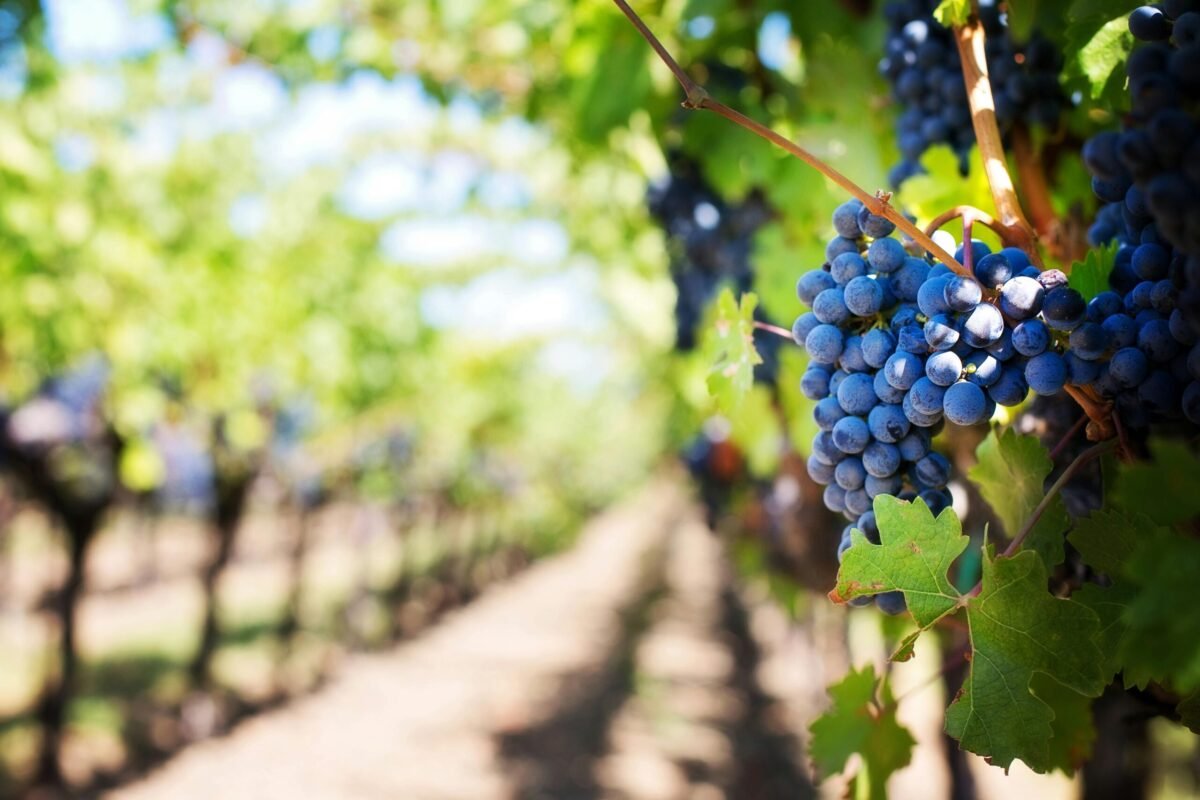Grape cultivation has been a cornerstone of agriculture in traditional wine-producing regions for centuries, deeply intertwined with the history, culture, and economy of these areas. However, climate change is reshaping the landscape, bringing unprecedented challenges to grape growers and wine producers worldwide. From shifting weather patterns to extreme temperatures, the impact on grape cultivation and wine production is profound. Consequently, technological innovations are emerging as critical tools in adapting to these challenges.
The Effects of Climate Change on Grape Cultivation
Grapevines are particularly sensitive to climate conditions, making them a reliable but vulnerable indicator of environmental shifts. Traditional grape-growing regions such as Bordeaux, Tuscany, and Napa Valley are experiencing:
- Rising Temperatures: Higher average temperatures accelerate grape ripening, leading to altered sugar and acidity levels. This shift can compromise the balance and quality of wine, as well as reduce the growing season.
- Erratic Weather Patterns: Increased frequency of heatwaves, frosts, and hailstorms disrupts grapevine growth cycles, affecting yield and quality. Frosts in early spring, for instance, can damage buds, while hailstorms during harvest can devastate crops.
- Water Scarcity: Prolonged droughts stress vines, reducing berry size and juice yield. In some regions, water scarcity has become a critical challenge, forcing growers to rethink irrigation practices.
- Pest and Disease Proliferation: Warmer climates enable pests and diseases to thrive, requiring additional measures to protect vineyards. Mildew and vine moths, for example, are becoming more prevalent in certain areas.
Impacts on Wine Production
The changes in grape cultivation directly influence wine production. Wineries are witnessing:
- Altered Flavor Profiles: Variations in grape ripening affect the aroma, taste, and alcohol content of wines, sometimes necessitating adjustments in winemaking techniques.
- Shifts in Wine Regions: As traditional areas become less suitable, new regions, such as England and parts of northern Europe, are emerging as viable options for grape cultivation.
- Economic Pressures: Lower yields and increased production costs due to climate adaptation measures strain the profitability of vineyards and wineries.
Leveraging Technology to Mitigate the Climate Change Impact
In response to these challenges, the wine industry is turning to innovative technologies to safeguard the future of grape cultivation and wine production:
- Precision Agriculture
- Drones and Sensors: Drones equipped with multispectral cameras and ground sensors monitor vine health, soil moisture, and disease presence. This data enables growers to make informed decisions and optimize resource usage.
- Variable Rate Technology (VRT): VRT allows for precise application of water, fertilizers, and pesticides, reducing waste and environmental impact.
- Climate-Resilient Grapevines
- Researchers are developing heat-tolerant and disease-resistant grape varieties through selective breeding and genetic engineering, ensuring sustainability without compromising quality.
- Irrigation Innovations
- Smart Irrigation Systems: Automated systems use weather forecasts and soil data to deliver the exact amount of water needed, conserving resources and supporting vine health.
- Data-Driven Decision Making
- AI and Machine Learning: Advanced algorithms analyze historical and real-time data to predict weather patterns, identify risks, and recommend proactive measures.
- Sustainable Practices
- Adoption of renewable energy sources, organic farming methods, and biodiversity initiatives contributes to the resilience and sustainability of vineyards.
Adapting for the Future
While the challenges posed by climate change are formidable, the wine industry’s embrace of technology offers a promising path forward. Collaboration between scientists, technologists, and growers is essential to develop and implement solutions that preserve the integrity of traditional wine regions and adapt to new realities.
As consumers, supporting wineries that prioritize sustainability and innovation helps drive positive change. The next time you enjoy a glass of wine, consider the journey of the grapes—from the vineyard to your table—and the resilience of the industry in the face of climate change.
By blending tradition with innovation, the wine industry is demonstrating that adaptation and resilience can overcome even the most daunting challenges.

